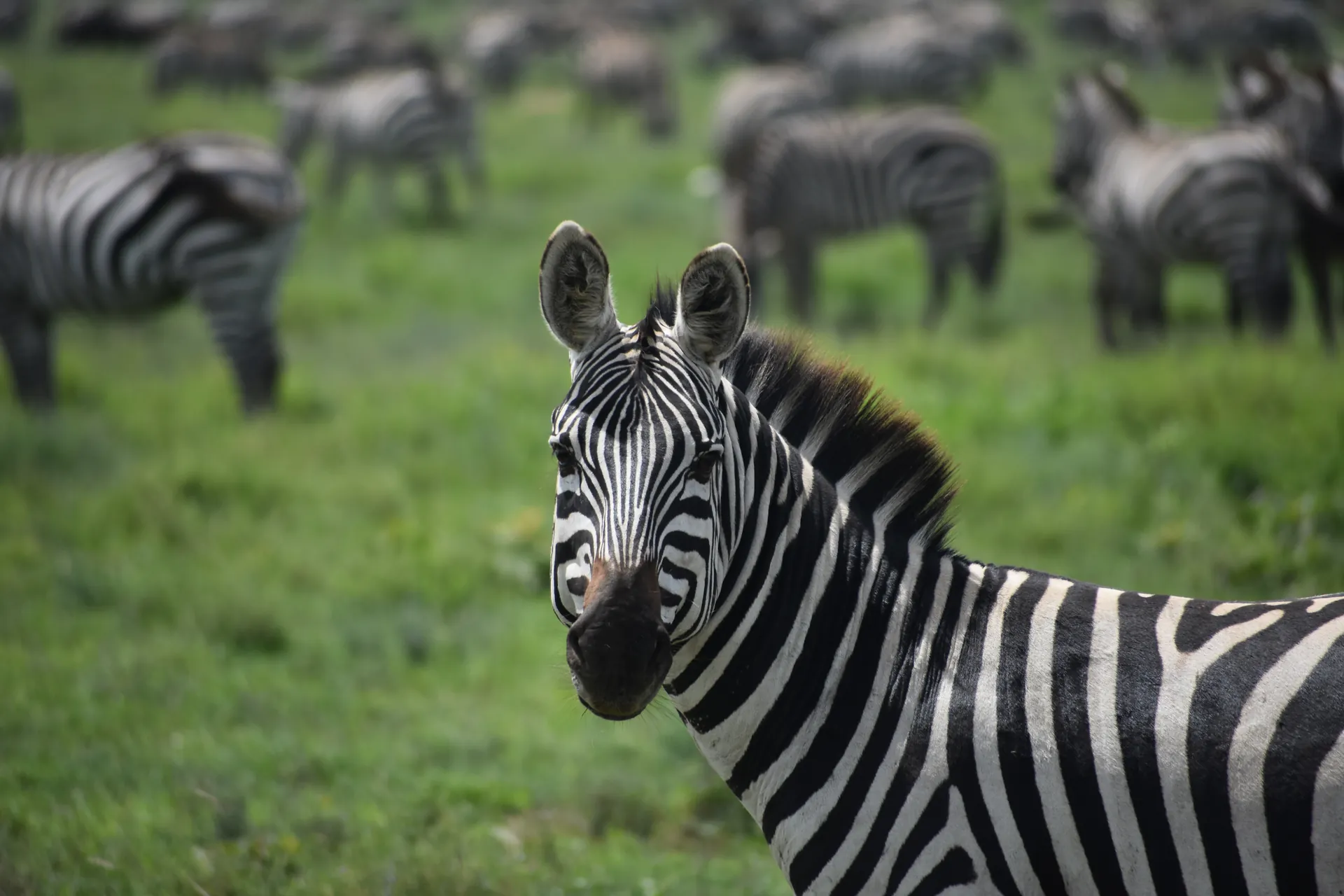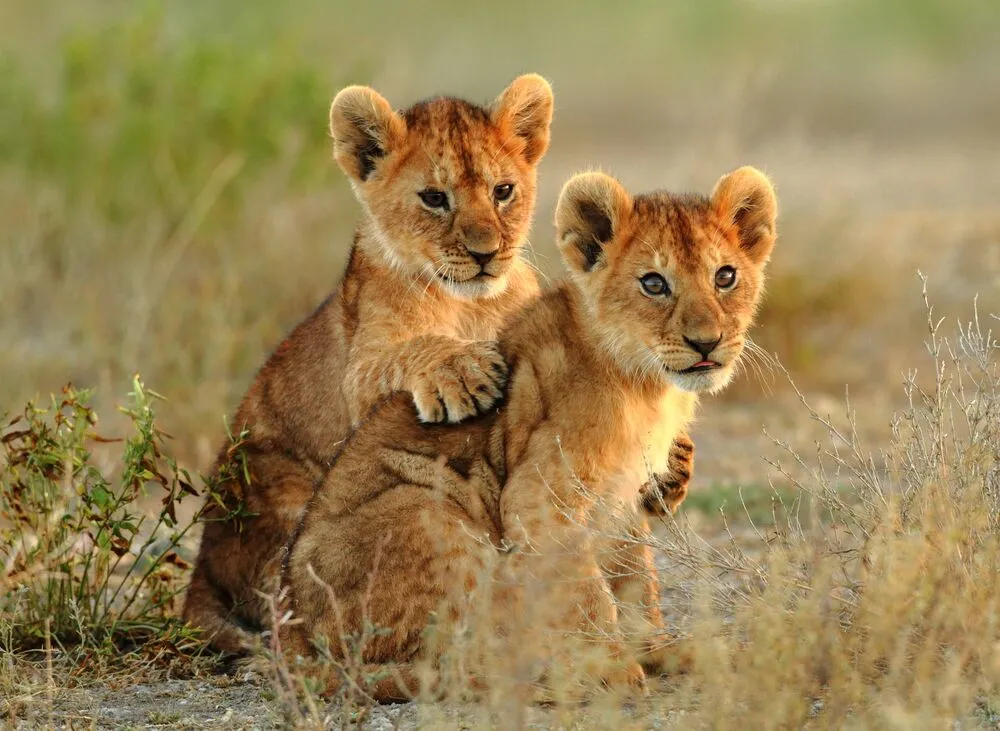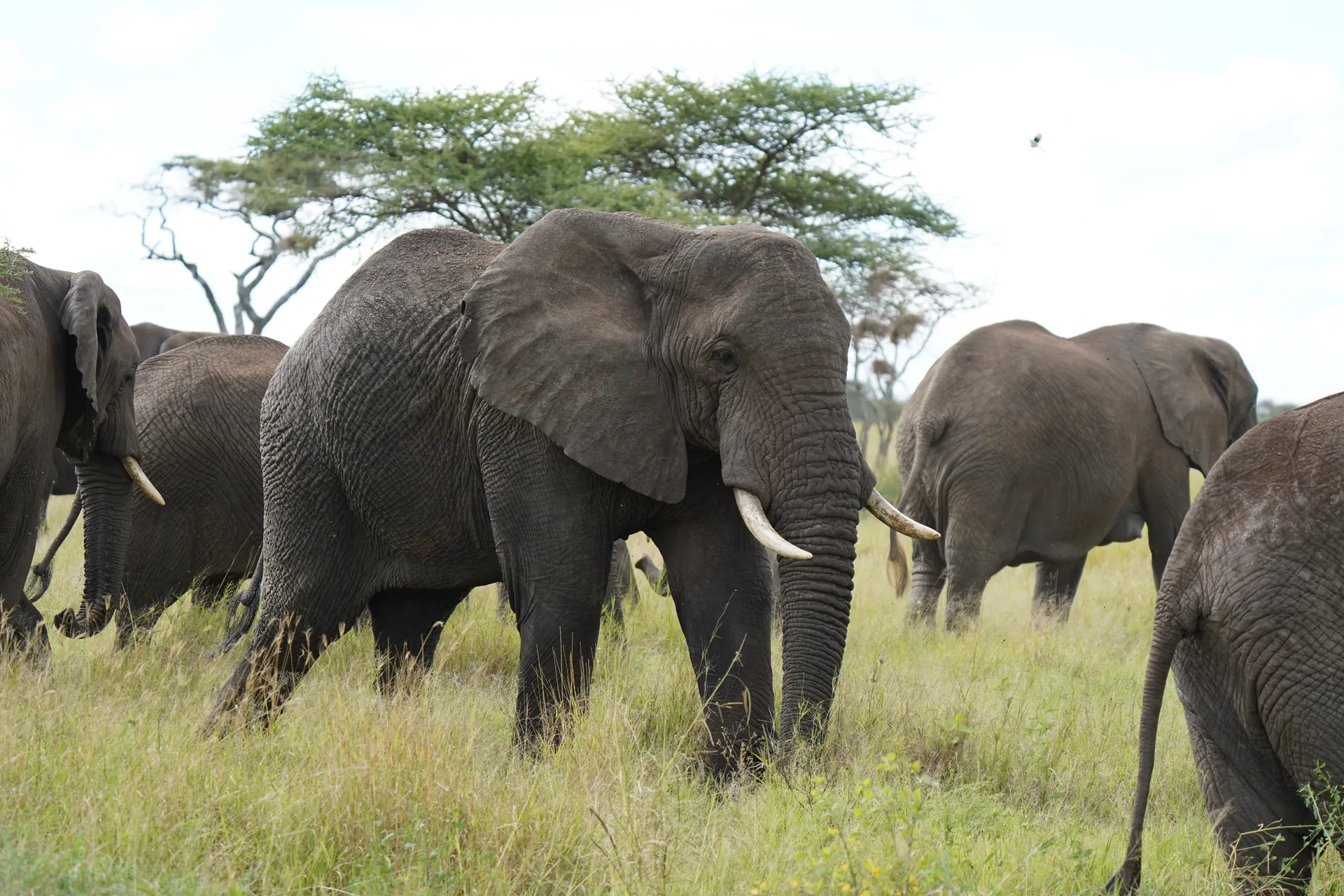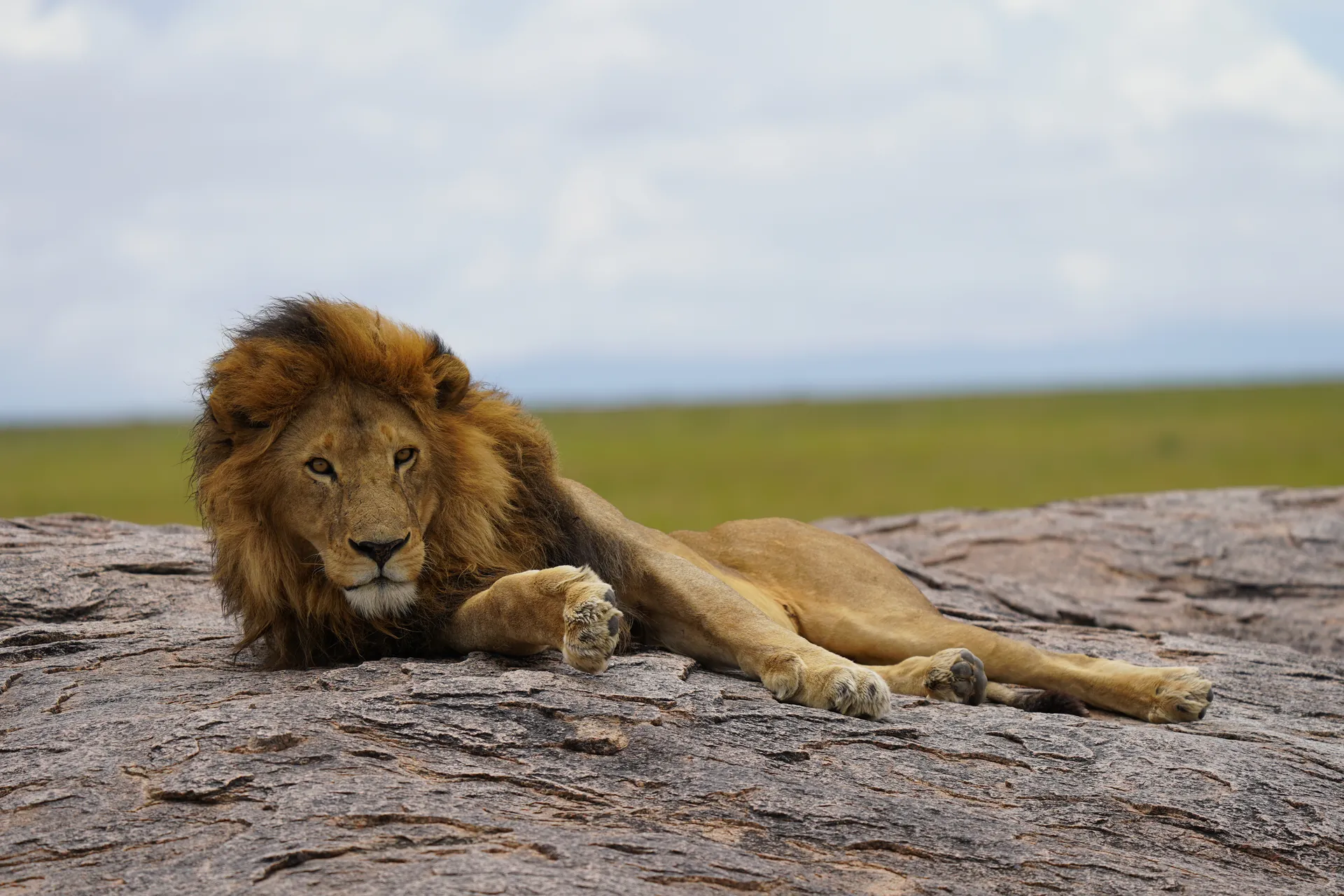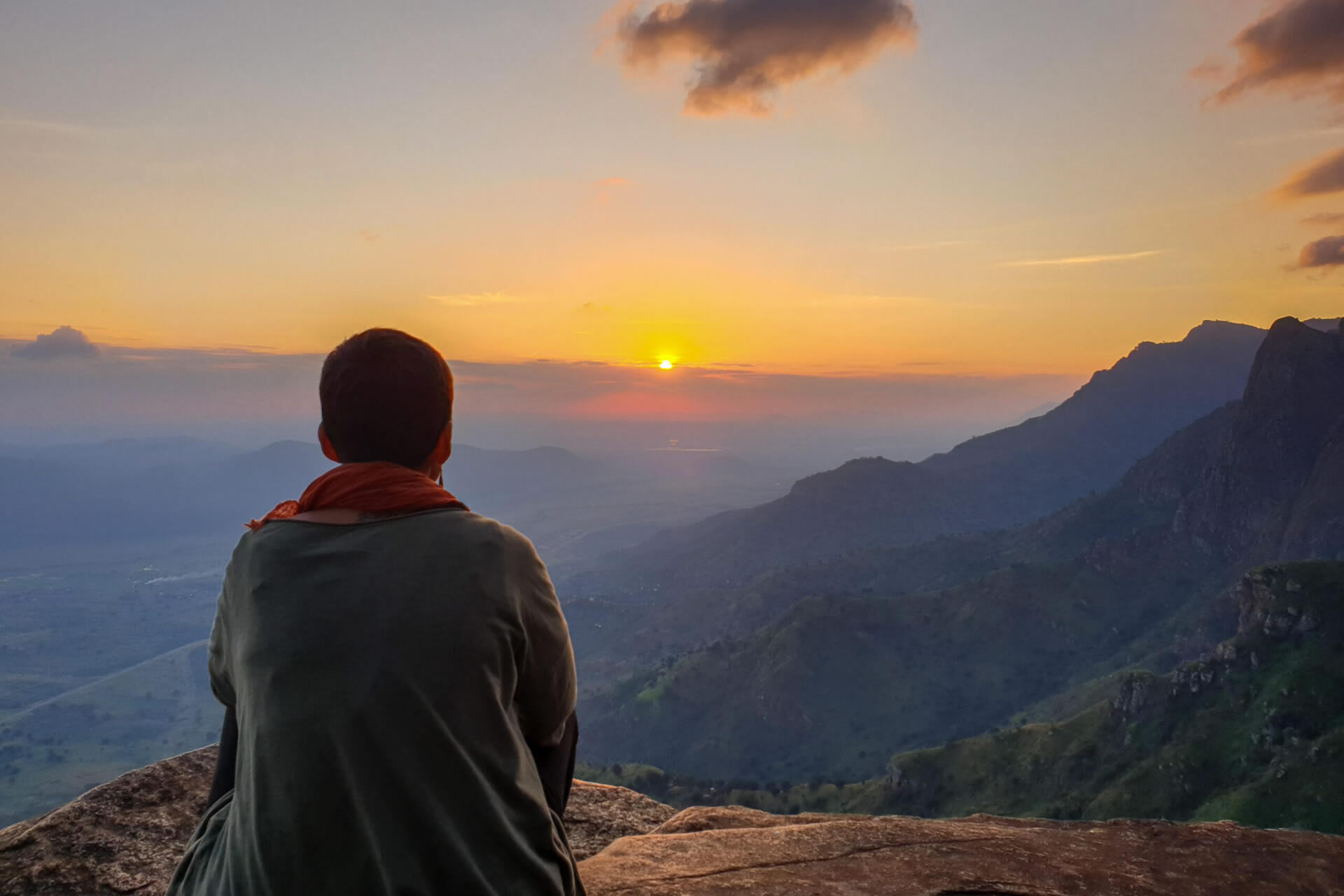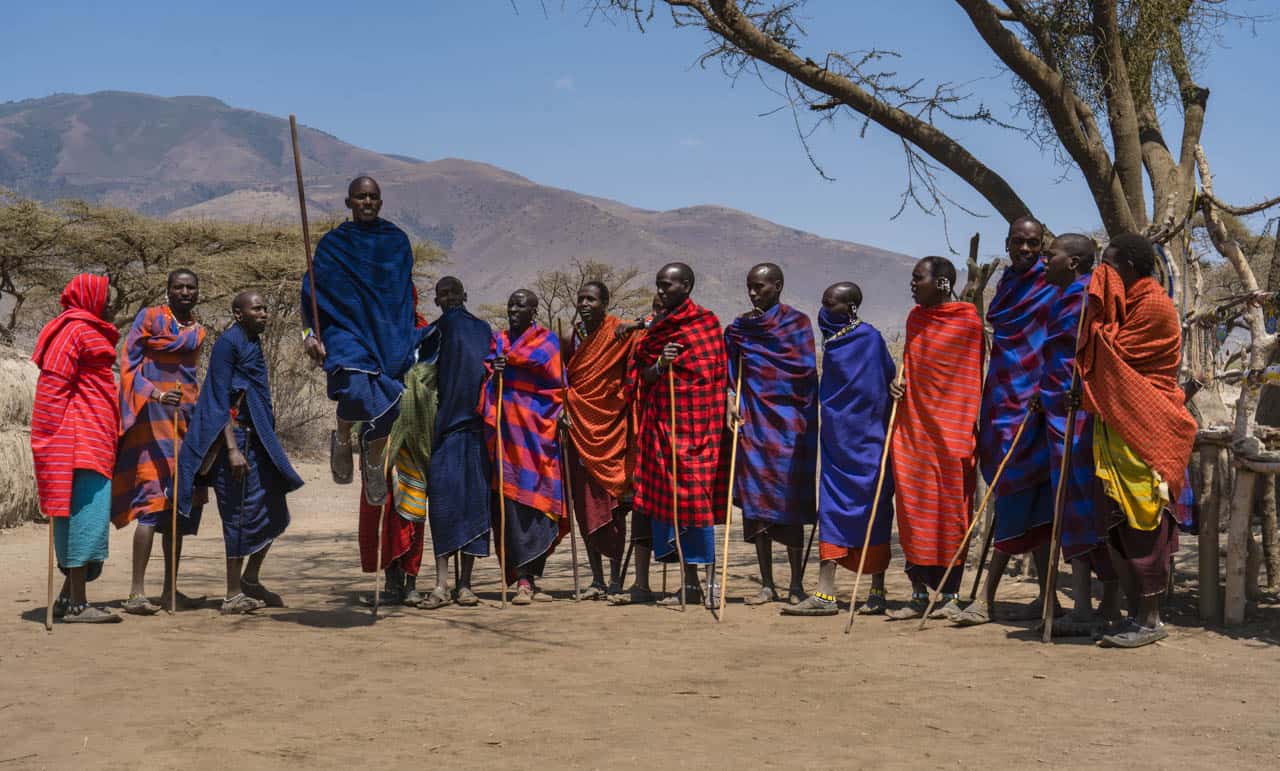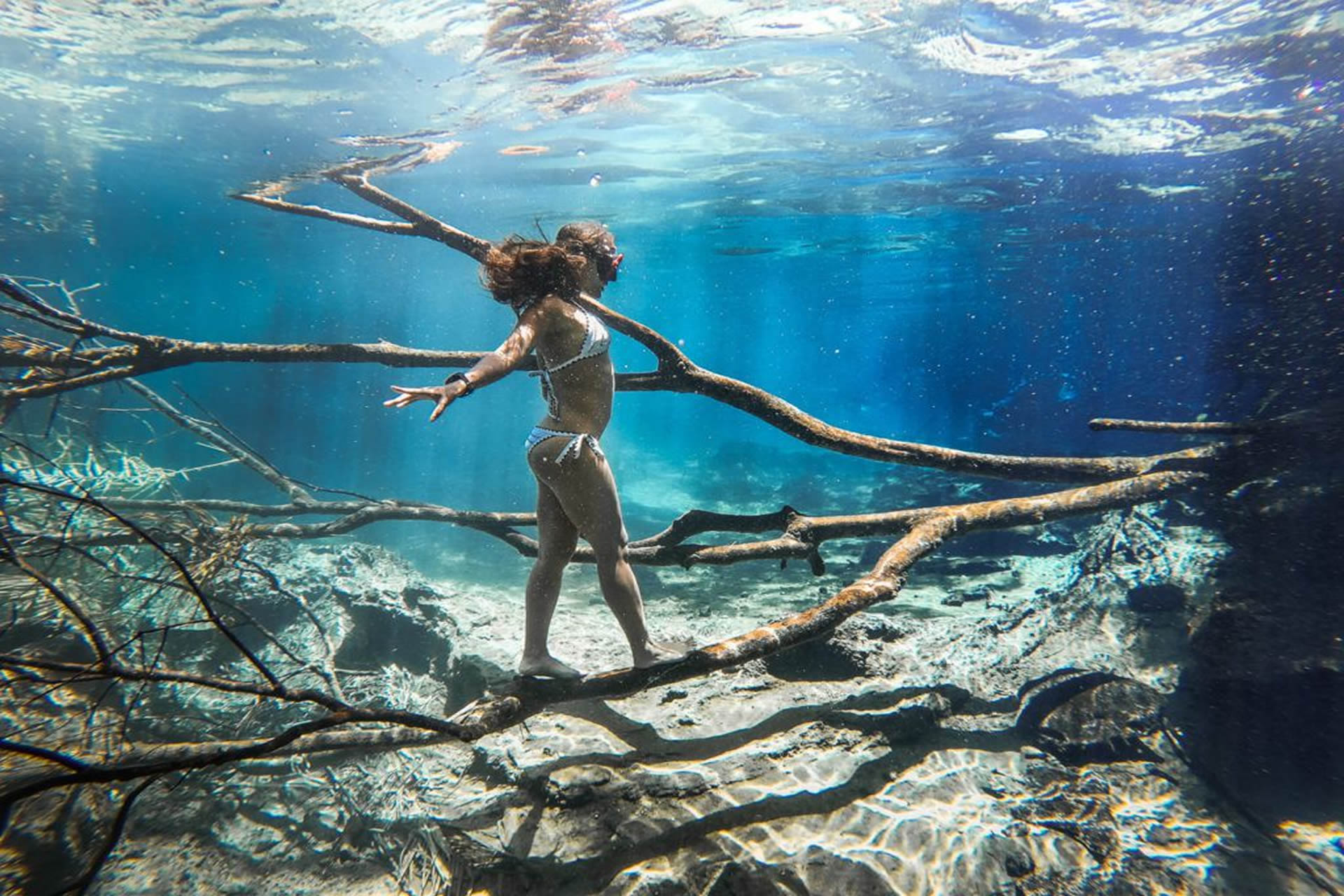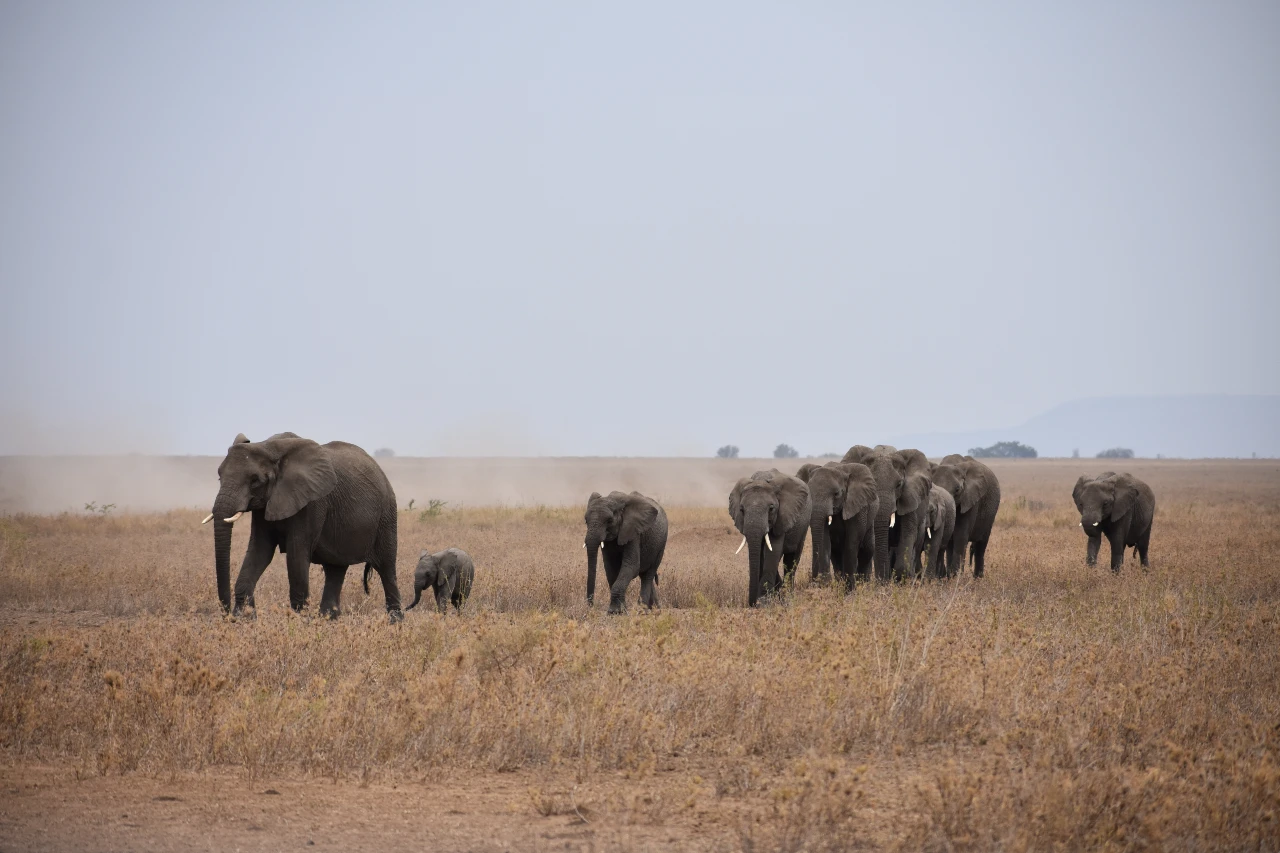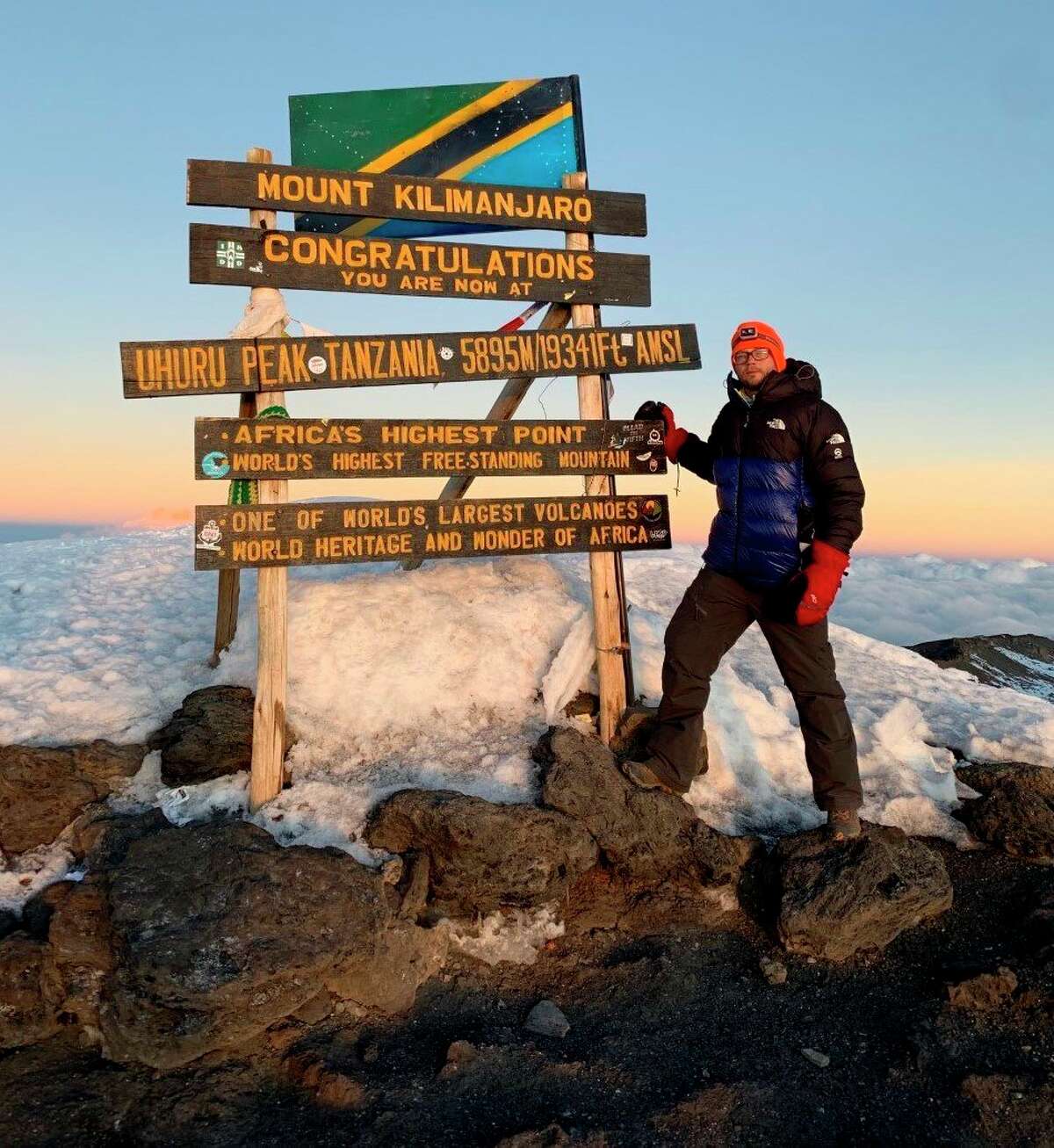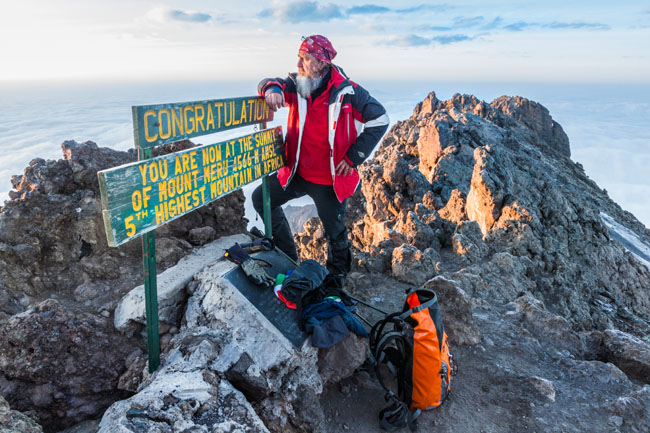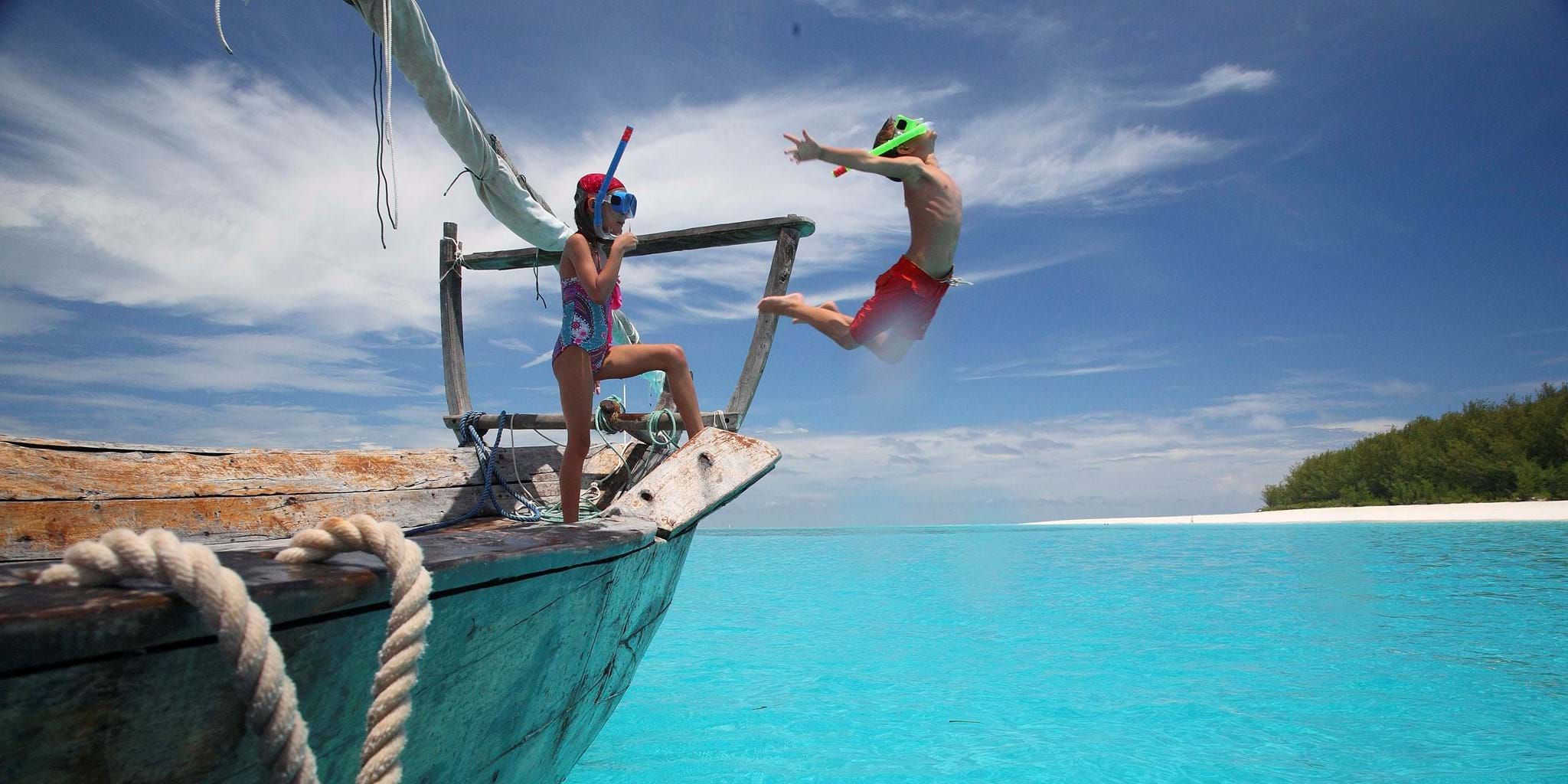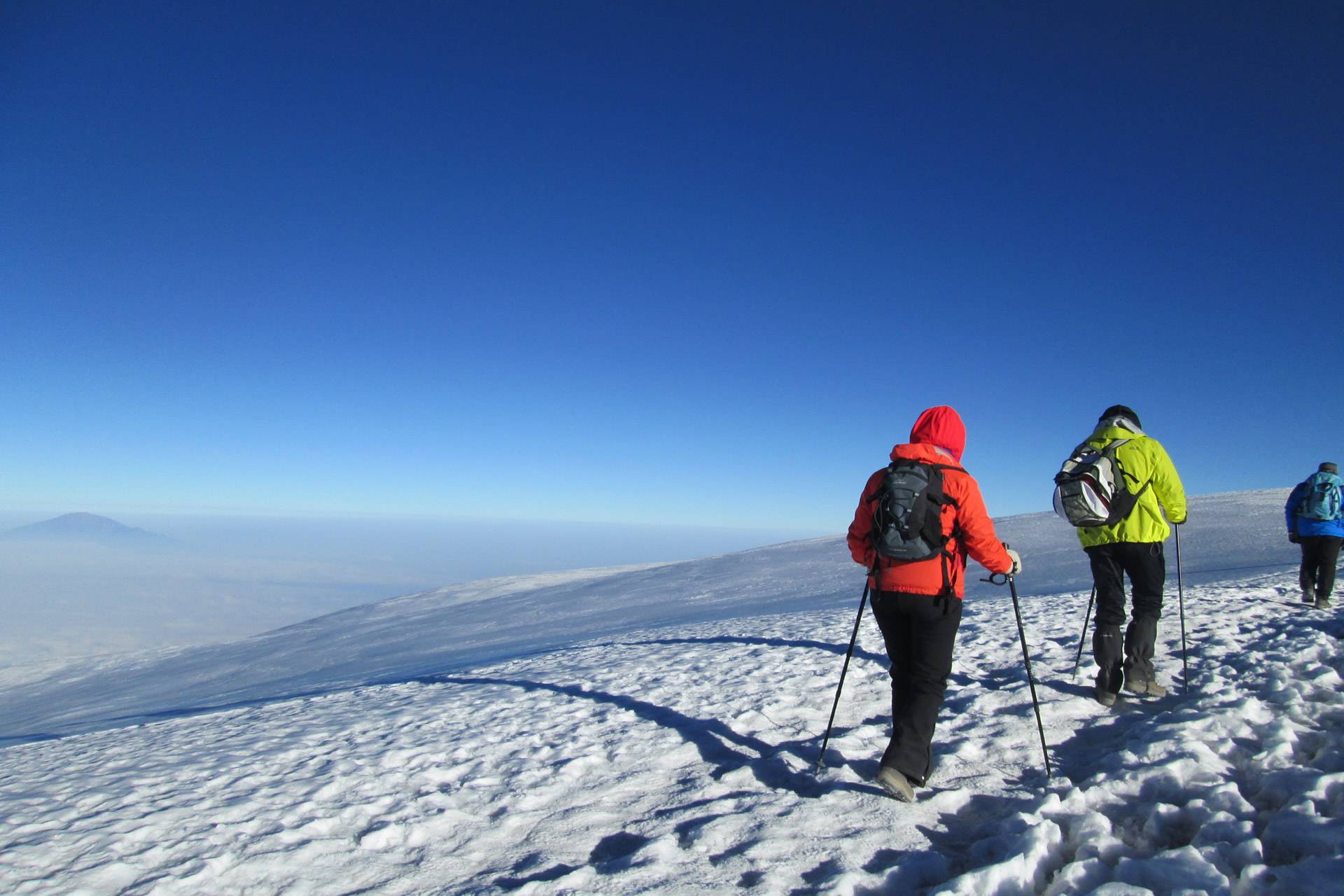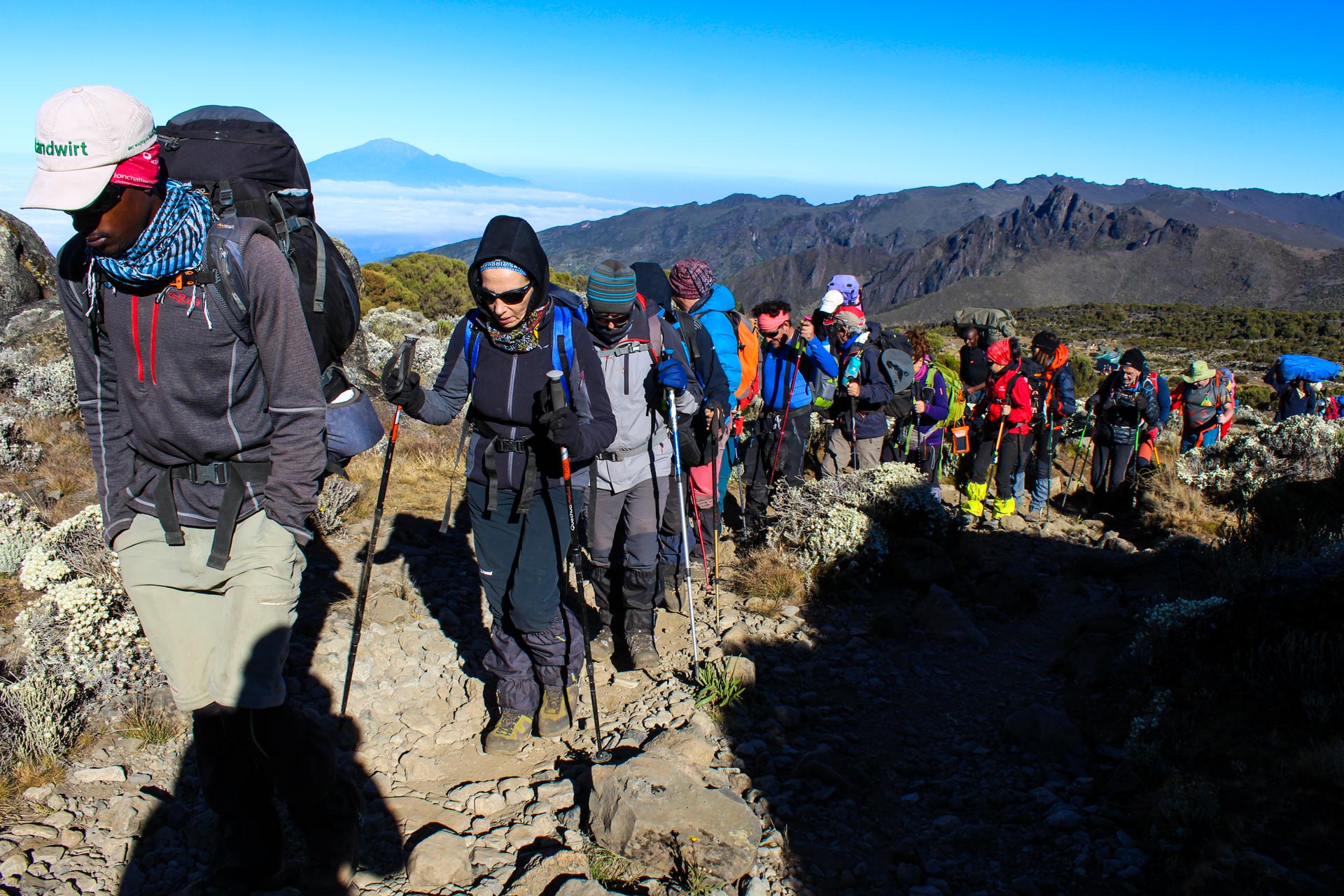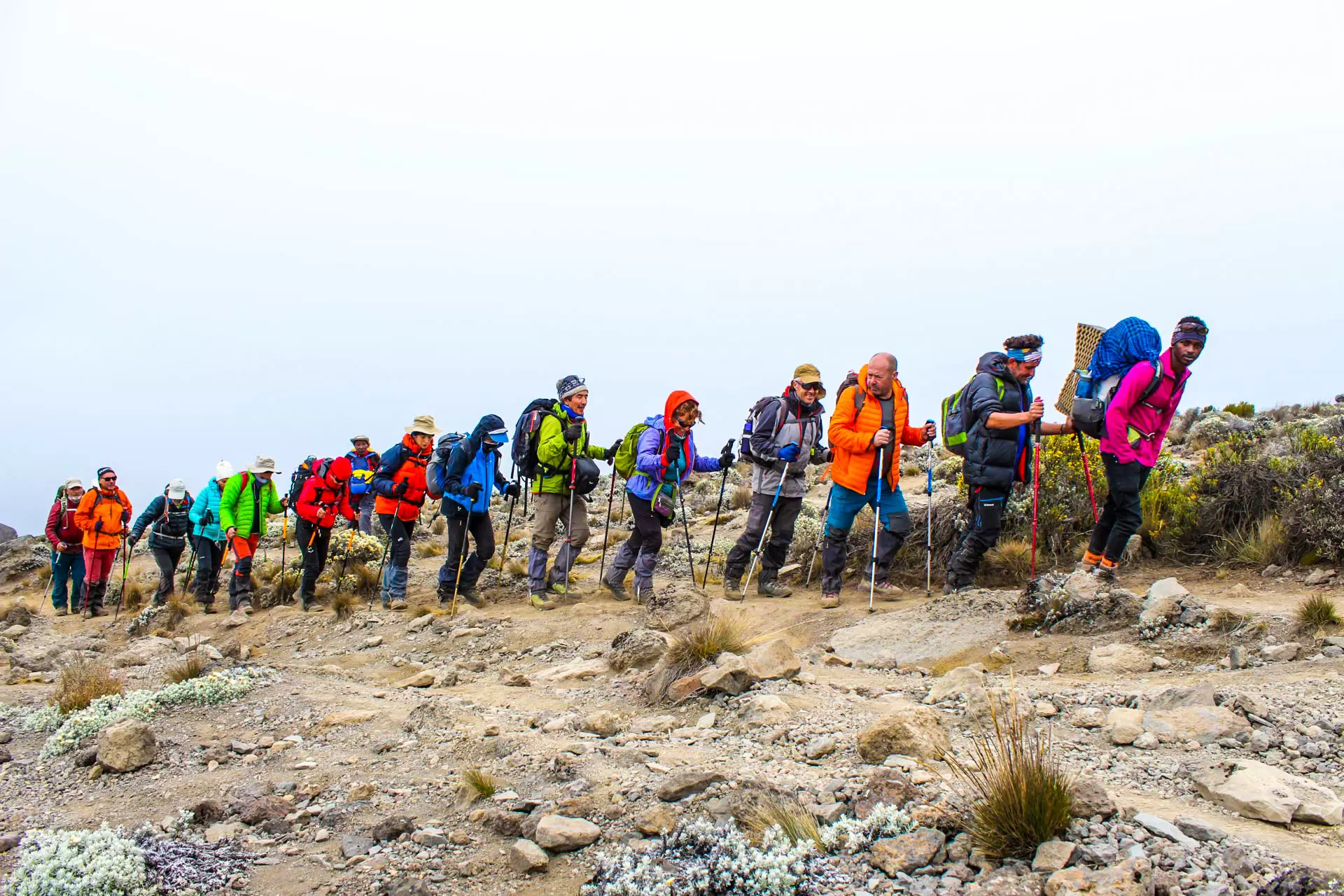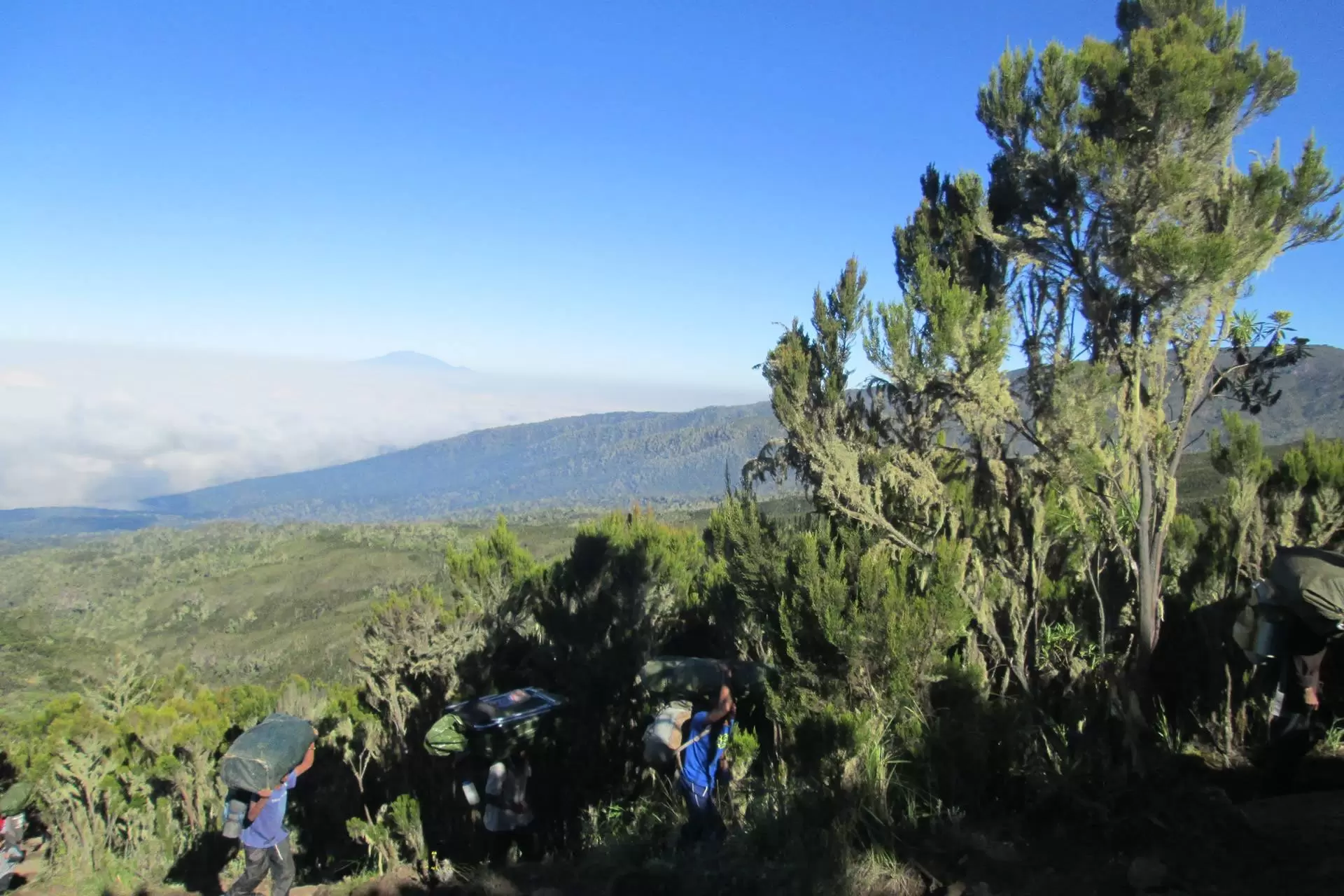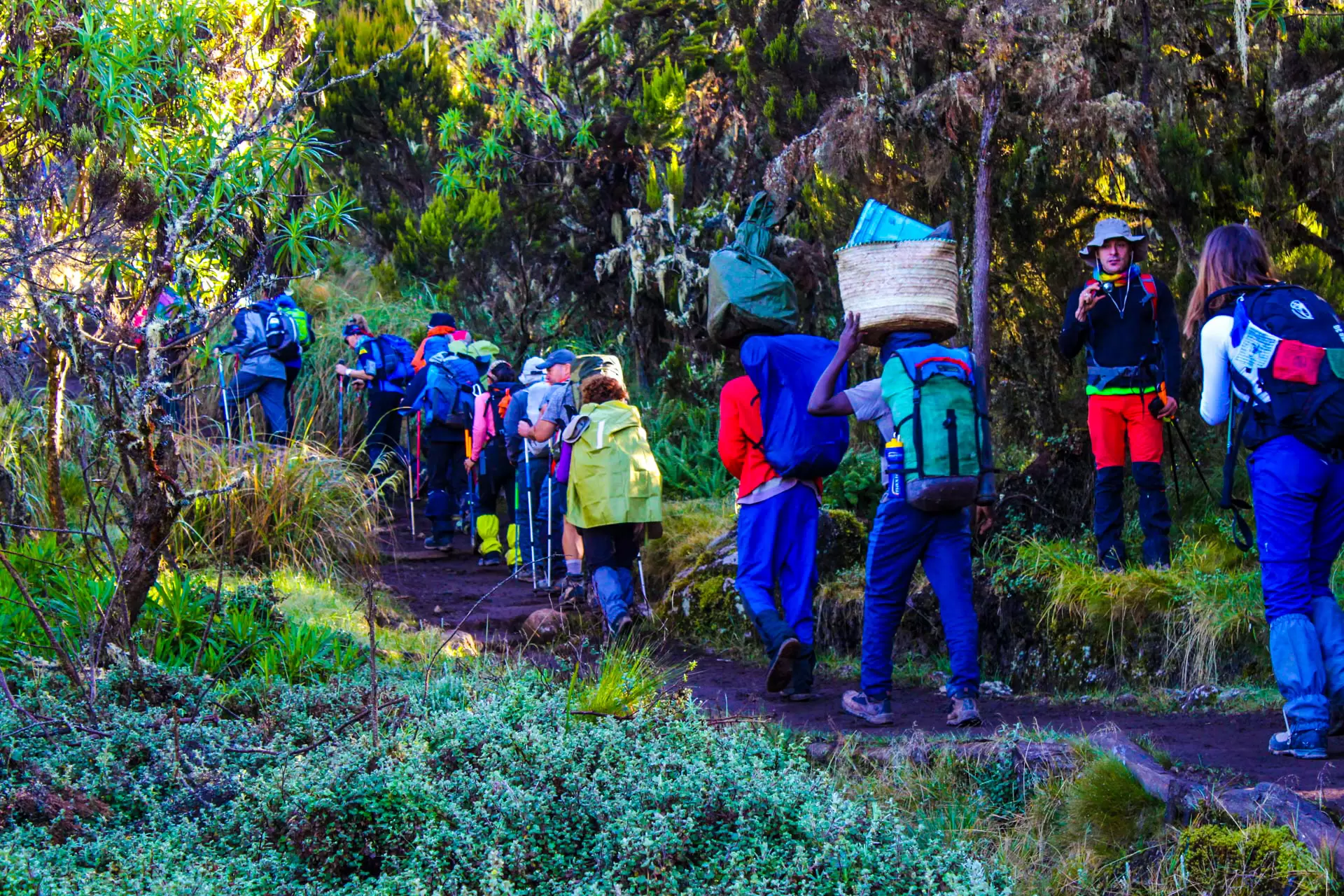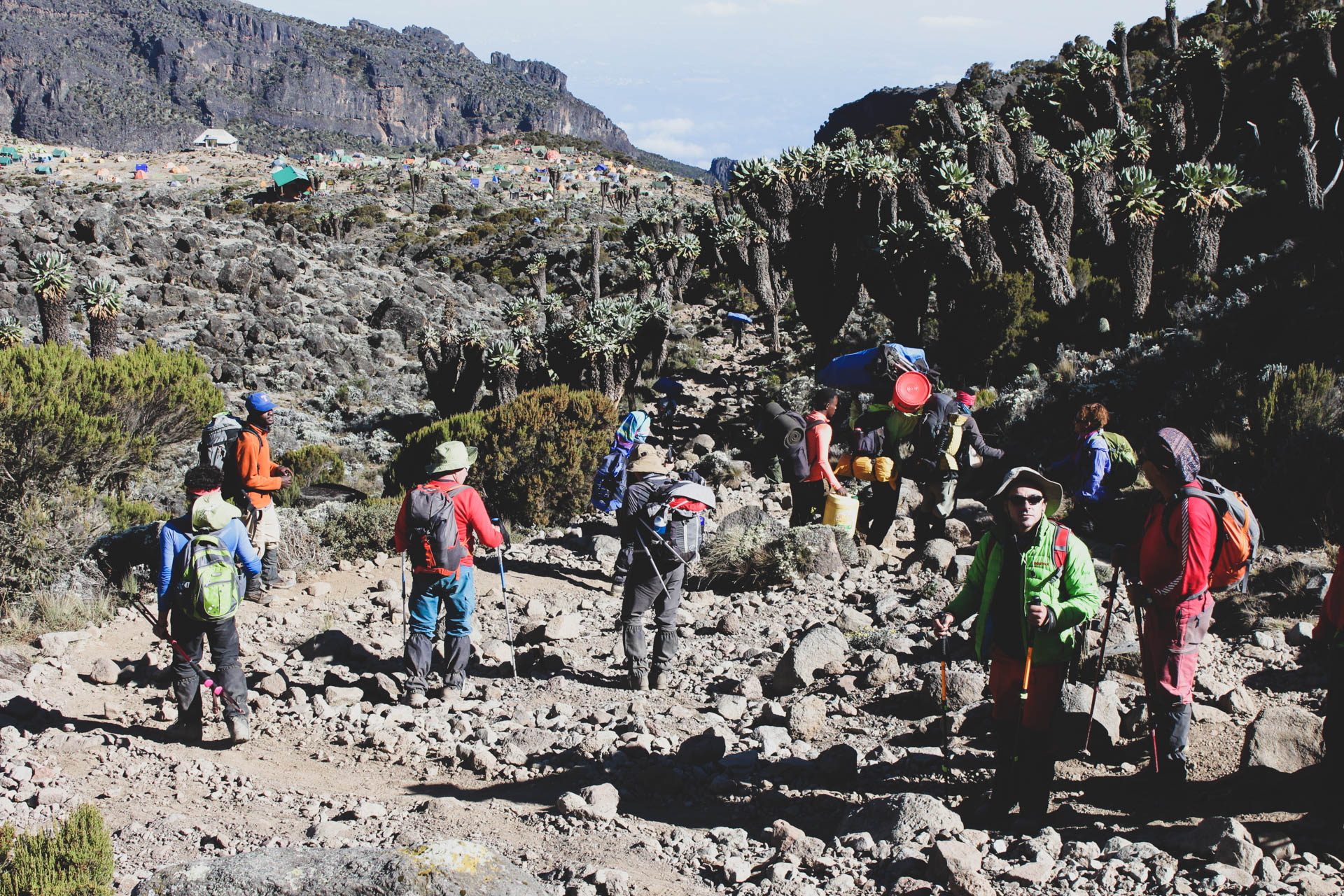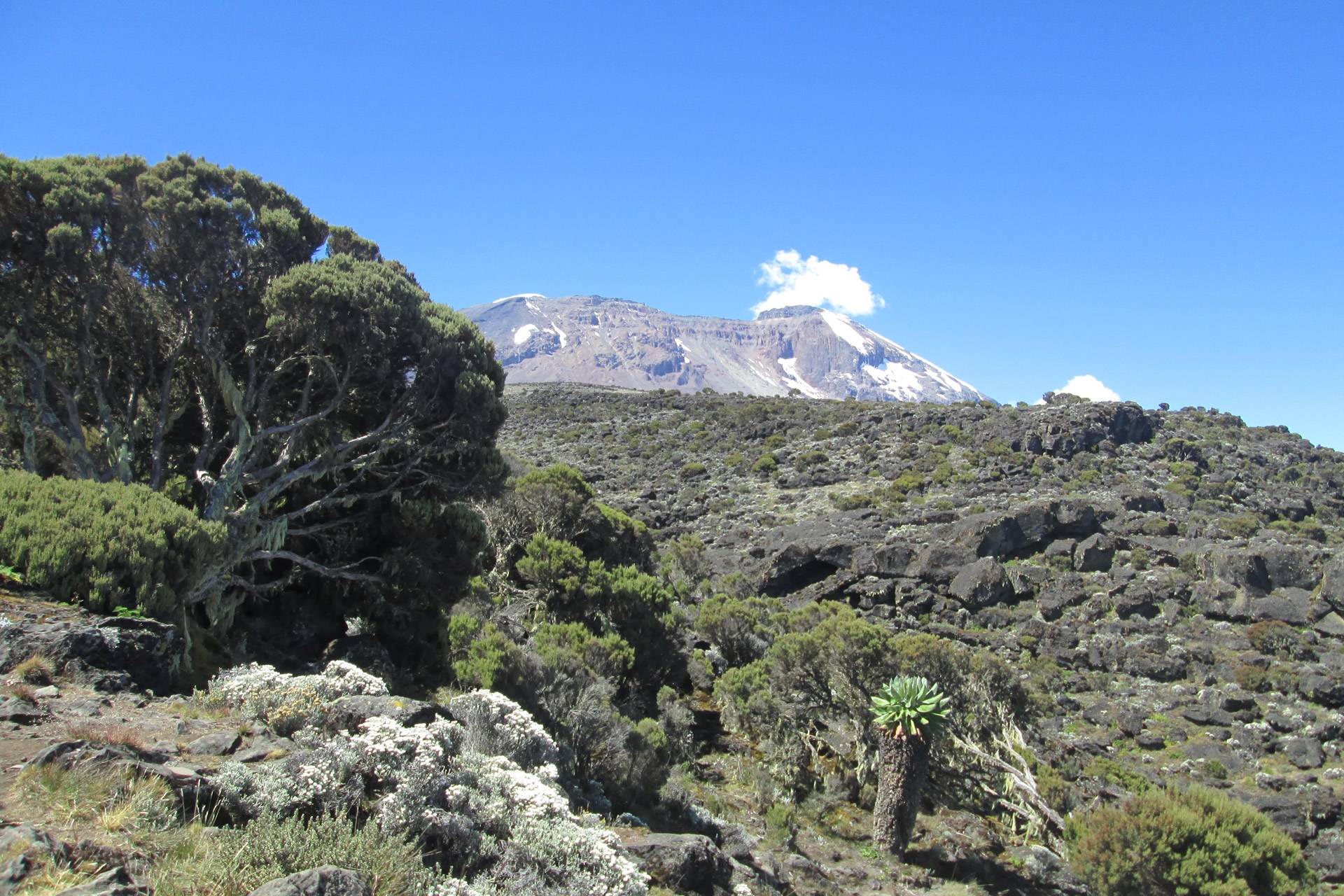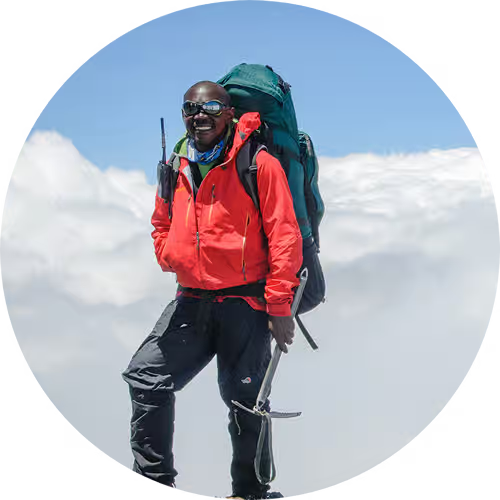Aerobic training (also known as cardio) uses oxygen to adequately meet the energy demands of exercise via aerobic metabolism. The types of exercise that use aerobic metabolism are generally light-to-moderate intensity activities like long-distance jogging, swimming, cycling and walking. This differs from anaerobic exercise like high-intensity weight lifting and sprinting which uses anaerobic metabolism to supplement the aerobic system due to increased energy demands.
Aerobic exercise builds the cardiovascular system which is key when training to climb Kilimanjaro, as a strong cardiovascular system will help you process limited oxygen in a more efficient way.
There is a flip side though. The more fit you are, the harder and faster you can push yourself, and the quicker you think you can ascend Kili.
This is a huge mistake!
Going as slow as possible, even when you are on the lower reaches and feeling great, is key to your success on Kili. You will hear your porters say Pole Pole, which means Slow Slow in Swahili. This is possibly the best advice you will get!
Your body needs time to acclimatize to high altitude and a strong cardiovascular system can help but not if you have pushed yourself too hard. A good recent example of how a strong cardiovascular system can trick one comes from an accomplished Australian marathon runner who collapsed at Stella Point because he had gone too fast early on in his hike.
If you are relatively unfit I recommend setting yourself a 3-6 month Kilimanjaro workout regime where you focus on long-distance walking / running (5-10 km at least three times a week). You can do this on a gym treadmill but remember to set a consistent pace and vary the slope (a slight incline is best).
For relatively fit people who already undertake a fair share of cardiovascular exercise we recommend maintaining your Kilimanjaro training regime until 1 month before your climb. At this point we recommend increasing the duration, but not intensity, of your exercises.



